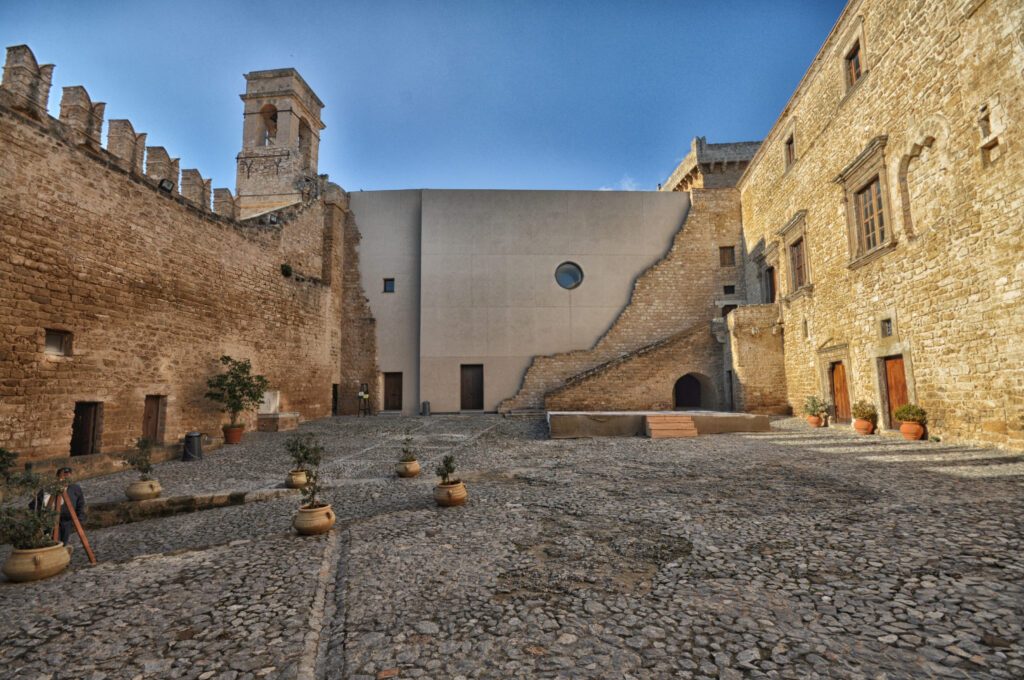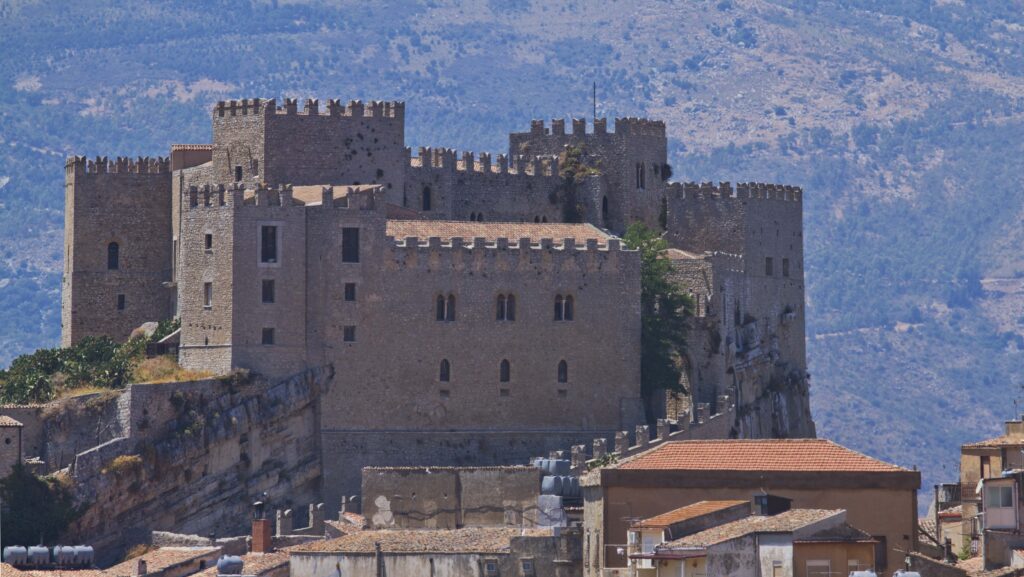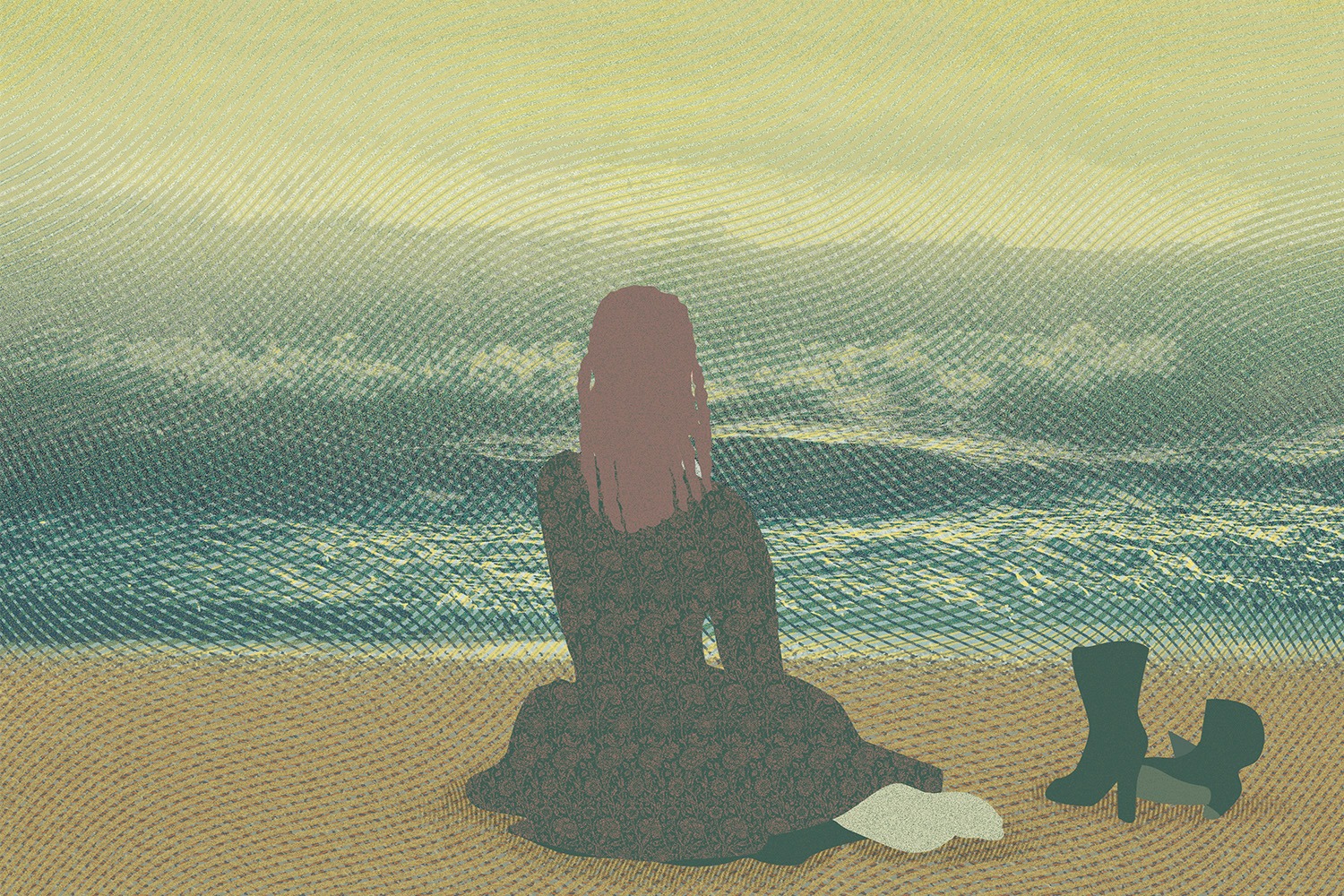In search of Sicily’s haunted castles
Ghost stories, unsolved crimes, conspiracy and family intrigues kept in the manors all over Sicily. If you are curious to delve into the secrets of the past and the timeless architectural beauties, here are some advice for out-of-the-ordinary tours.
CASTLE OF CARINI. In the town of Carini (Palermo) there is a castle dating back to the twelfth century, where Laura Lanza, Baroness of Carini, and of her lover, were murdered on 4th December 1563. Eldest daughter of Cesare Lanza, Baron of Trabia and Count of Mussomeli, and the rich Lucrezia Gaetani, the adolescent Laura was given in marriage to Don Vincenzo La Grua-Talamanca, Baron of Carini. A marriage of convenience that intertwined with the love story between the Baroness and Ludovico Vernagallo, Baron’s cousin. A relationship that led to a tragic epilogue for the two lovers when they were caught together by Laura’s husband and father. Was it an honour crime or something else? After more than four hundred years the real reasons remain uncertain, but according to a popular legend every December 4 the Baroness’s bloody handprint appears on the room wall where the heinous crime was committed.

CASTLE OF MUSSOMELI. Right in the town of Mussomeli (Caltanissetta), of which Cesare Lanza was count, lies the Castle called “manfredonico” due to Manfredi III Chiaramonte who wanted its construction. It’s a fortress built between the fourteenth and fifteenth century, placed on a cliff about 80 metres high. Inside it, among various rooms, there is the “three women’s room”: it is said that the powerful prince Federico lived in the castle with his three sisters Clotilde, Margherita and Costanza. One day, having to leave for a military campaign, Federico decided to lock them safely in a room with the necessary supplies and to wall them inside. Unfortunately, the war lasted longer than anticipated and, on Federico’s return, he found only the lifeless bodies of his sisters. Their corpses with shoes still between the teeth as, perhaps, a tragic last resort to fend off starvation. According to tradition, the castle of Mussomeli was the scene of another disturbing episode: the protagonist is a Don Guiscardo de la Portes. According to legend, in 1975 his spirit appeared to Pasquale Messina, the custodian of the manor house, and told him that he was the son of a wealthy Spanish merchant and that his wife Esmeralda was expecting their firstborn. In 1392 – continued the ghost of Don Guiscardo – he had to leave following the army of King Martino I to quell the revolt by Andrea Chiaramonte in Palermo. After the expedition against the latter, Guiscardo went to the castle of Mussomeli, which wanted to visit, but during his trip he was assaulted by the men of his rival in love Don Martinez. Guiscardo, seriously wounded in the battle, was locked in the basement of the castle.

CASTLE OF CACCAMO. At the feet of Mount St. Calogero in the province of Palermo, we find the town of Caccamo with its castle linked to the Bonello family. The fortress was chosen by Matteo Bonello and his companions as a refuge after the “conspiracy of the barons”. On the night of St. Martino in 1160, Bonello and the other conspirators assassinated Maione from Bari, the prime minister of Guglielmo I, and attempted the capture of the king, then freed from the people. The king decided to take revenge and, unable to break in the castle, he tricked Bonello into believing that he had forgiven him and lured him to the court. His stratagem worked and he Bonello arrested and tortured to death. From here comes the legend of his ghost who still roams the rooms of the castle of Caccamo in search of peace.
CASTLE OF NARO. According to an ancient legend, in the Castle of Naro (Agrigento), Madonna Giselda, wife of Pietro Giovanni Calvello, Lord of Naro, fell in love with the varlet Beltrando. During a full moon night, while Beltrando sang his feelings to her playing the lute, the two were caught by Giselda’s husband and their love came to a tragic end: Beltrando was killed and thrown from a tower and Giselda was locked in a cold cell where she dead of grief. It is said that on full moon nights the ghost of Giselda wanders through the rooms of the castle looking for her beloved Beltrando.
Translated by Daniela Marsala



